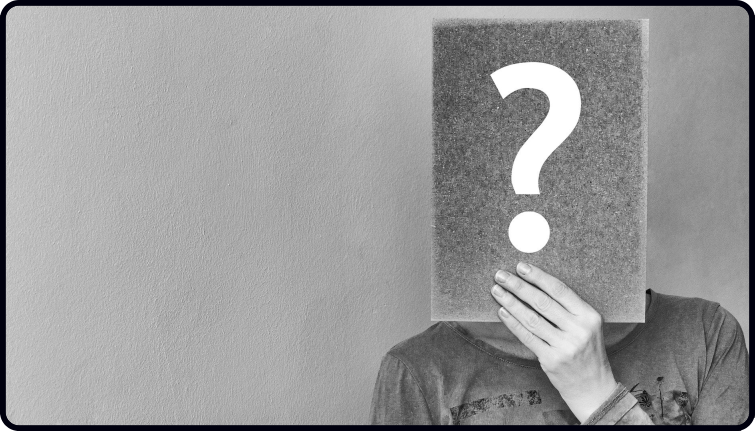One of the best bits of advice I was given on how to help students make faster progress is to give them the ability to empower themselves.
Many years ago a fellow and more experienced guitar teacher told me about this powerful concept.
The idea of teaching you to empower yourself is this: You learn the ability to understand and see exactly how to spot your own mistakes when learning and practicing the guitar.
He told me how teaching you to do exactly that is one of the greatest gifts I could give you as a teacher.
I quickly realised how crucial this skill is for you. After all, no matter how dedicated and how committed I am to you as a teacher, I can never be with you in your home for every single practice session.
When you are learning how to play the guitar or improve on the guitar, you spend the majority of your practice time alone, with no guidance and no outside feedback.
Therefore, it is critical that you spot your own mistakes and rectify them quickly.
Spot your mistakes, fix them, and you’ll be well on your way to guitar playing success.
When playing and practicing, you really want to ask yourself a series of questions throughout your playing.
Below are eight critical questions you should ask yourself on a regular basis.
- Am I sitting or standing with correct posture?
- Am I using the minimum amount of pressure needed to fret notes or am I pressing harder than I need to?
- Am I tense and taut throughout my body, or am I relaxed and breathing nice and steadily?
- Am I playing things in the best possible way or am I making this piece harder for myself?
- Am I playing with solid timing or are things rushed and unsteady?
- Am I playing the notes smoothly or is everything disjointed?
- Am I playing with good tone, i.e. does every note sound good to my ears?
- Am I playing with emotion and feeling or is my playing uninspired and dull?
All eight of those questions are really powerful.
Start from the top and work your way down. The higher up the list the questions are, the more ‘technical’ they are and the lower down the list, the more ‘emotional’ they are.
In other words the top questions are specific and can be rectified with relatively small adjustments and the lower questions cover your overall guitar playing and things on a larger scale.
These are the questions I ask of students on a regular basis. When they are in front of me playing I use the above as a checklist for them. I also do this for myself when playing and practicing the guitar.
When I teach new students how to play the guitar, whether they have played before or not, I ensure I ask these questions of them and then highlight the importance of them. It is very important to get started on the right foot.
Getting good at guitar is as much about stopping and eradicating your mistakes as much as it is about practicing hard and well. If you do this and ask these questions of yourself you can genuinely be playing to a good standard in a short space of time.
If you have never really focused on analysing your own playing in a thoughtful and honest manner, then you will find the above massively enlightening.
It can be difficult to analyse yourself when you are playing, so you can hook up your smartphone to a tripod and film yourself (or get someone else to film you) and then you can analyse your own playing or get someone experienced to analyse your playing for you.
Either way, watching what you are doing is powerful, but try to ask these questions while you are actually playing too. Asking yourself the above questions while playing is super useful as you will be in the zone.
Likewise, asking yourself these questions while watching your own playing will be useful as you will see things from a different point of view. Both will yield good results.
There are some guitarists who do ask themselves questions, but these questions are usually simple and uninformative questions such as “Am I playing this correctly?”
“Correctly” just isn’t enough. What does correctly mean anyway? That you are playing the piece verbatim and without errors. That’s obviously a fantastic starting point, but use the above checklist of questions to ensure you are playing with good tone, correct timing, efficiency of movement, zero tension in your body and correct posture.
Remember, playing a part ‘correctly’ is only a starting point. Try to add feeling, enjoyment, pleasure and emotion to the piece. That’s where the extra 20% of your sound will come from.
All of the above questions will help aid you in achieving this extra 20% beyond just playing correctly.
They will make sure that your playing sounds better, is more enjoyable and has more musical power than before.
That, my friends, is the aim of the game when learning how to play the guitar to a high standard.


Thank you very much for your post. I really appreciate it. My common mistake (difficulties) when strumming is that it is very hard to me to control my left hand so that my fingers are on the right place (fret).